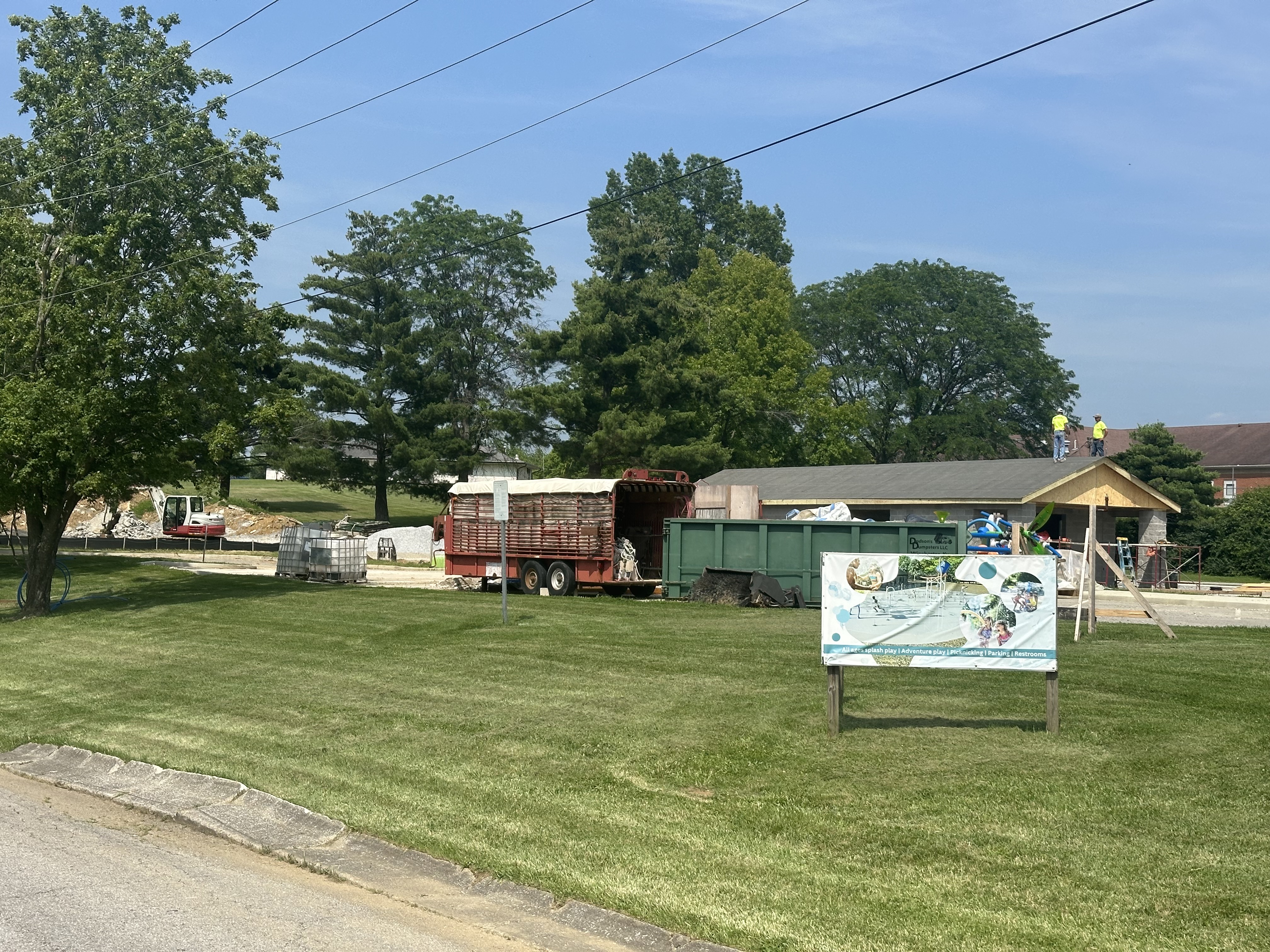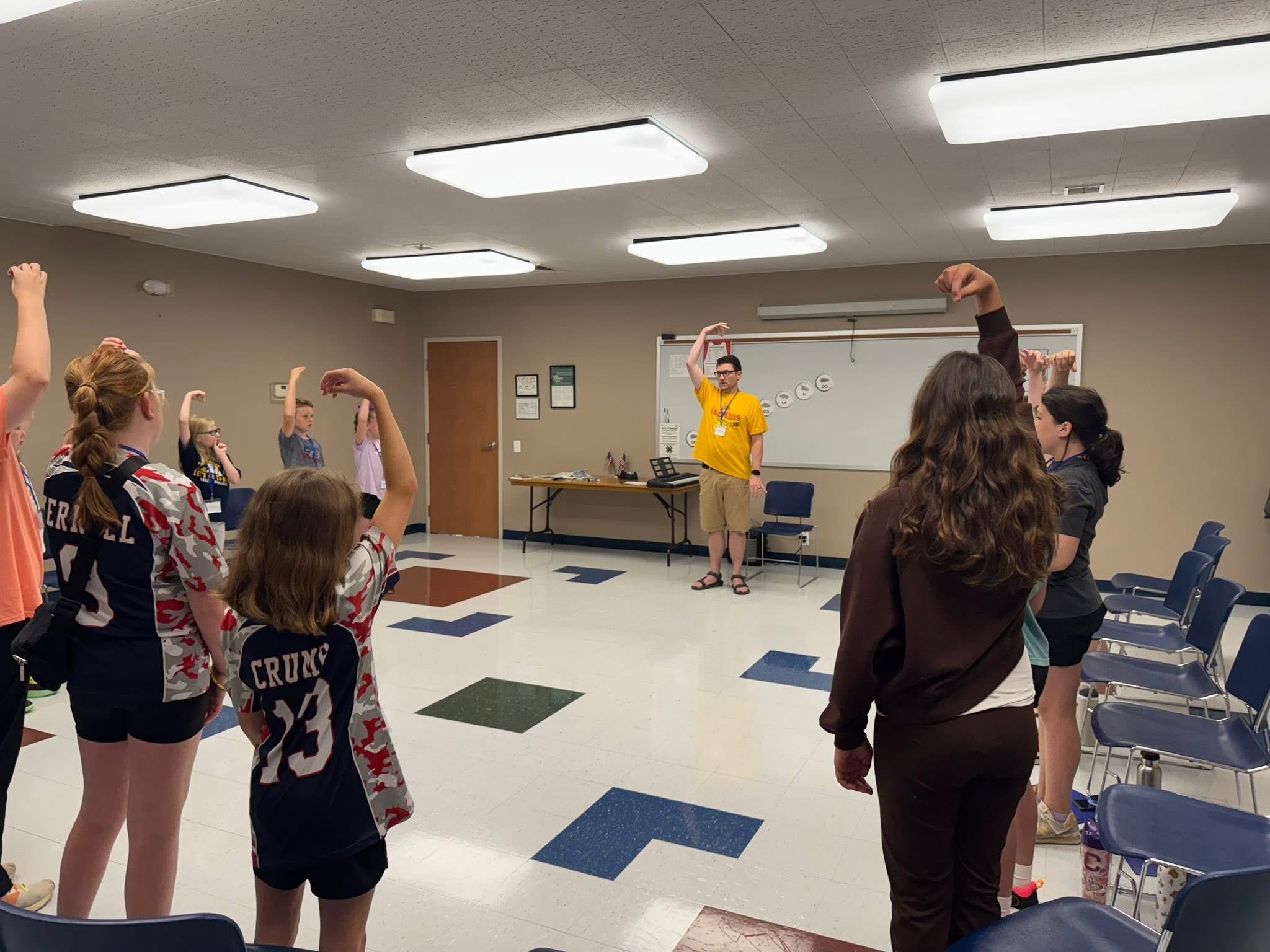Health and Mind: The myths and facts regarding SIDS
Published 1:57 pm Monday, October 23, 2023
By Cara O’Neill
Clark County Health Department
Sudden Infant Death Syndrome (SIDS) is the sudden, unexplained death of a baby younger than 1 year of age that does not have a known cause even after a complete investigation. This investigation includes performing a complete autopsy, examining the death scene, and reviewing the clinical history.
When a baby dies, health care providers, law enforcement personnel, and communities try to find out why. They ask questions, examine the baby, gather information, and run tests. If they cannot find a cause for the death, and if the baby was younger than 1 year old, the medical examiner or coroner will call the death SIDS.
If there is still some uncertainty as to the cause after it is determined to be fully unexplained, then the medical examiner or corner might leave the cause of death as “unknown.”
Myth
Babies can “catch” SIDS.
Fact
A baby cannot catch SIDS. SIDS is not caused by an infection, so it cannot be caught or spread.
Myth
Cribs cause “crib death” or SIDS.
Fact
Cribs themselves do not cause SIDS. But features of the sleep environment—such as a soft sleep surface—can increase the risk of SIDS and other sleep-related causes of infant death. Find out more about what is a safe sleep environment for your baby.
Myth: Babies who sleep on their backs will choke if they spit up or vomit during sleep.
Fact
Babies automatically cough up or swallow fluid that they spit up or vomit—it is a reflex to keep the airway clear. Studies show no increase in the number of deaths from choking among babies who sleep on their backs. In fact, babies who sleep on their backs might clear these fluids better because of the way the body is built.
Myth
SIDS can be prevented.
Fact
There is no known way to prevent SIDS, but there are effective ways to reduce the risk of SIDS.
Some ways to prevent SIDS are below:
• Always place baby on his or her back to sleep, for naps and at night, to reduce the risk of SIDS. The back-sleep position is the safest position for all babies, until they are 1 year old. Babies who are used to sleeping on their backs, but who are then placed to sleep on their stomachs, like for a nap, are at very high risk for SIDS. Preemies (infants born preterm) should be placed on their backs to sleep as soon as possible after birth.
• Use a firm and flat aleep surface, such as a mattress in a safety-approved crib, covered by a fitted sheet with no other bedding or soft items in the sleep area. Never place baby to sleep on soft surfaces, such as on a couch, sofa, waterbed, pillow, quilt, sheepskin, or blanket. These surfaces can be very dangerous for babies. Do not use a car seat, stroller, swing, infant carrier, infant sling, or similar products as baby’s regular sleep area. Following these recommendations reduces the risk of SIDS and death or injury from suffocation, entrapment, and strangulation.
• Breastfeed your baby to reduce the risk of SIDS. Breastfeeding has many health benefits for mother and baby. Babies who breastfeed, or are fed breastmilk, are at lower risk for SIDS than are babies who were never fed breastmilk. Longer duration of exclusive breastfeeding leads to lower risk.
• Think about giving your baby a pacifier for naps and nighttime sleep to reduce the risk of SIDS. Do not attach the pacifier to anything—like a string, clothing, stuffed toy, or blanket—that carries a risk for suffocation, choking, or strangulation. Wait until breastfeeding is well established (often by 3 to 4 weeks) before offering a pacifier. Or, if you are not breastfeeding, offer the pacifier as soon as you want. Don’t force the baby to use it. If the pacifier falls out of baby’s mouth during sleep, there is no need to put the pacifier back in. Pacifiers reduce the risk of SIDS for all babies, including breastfed babies.
• Do not let your baby get too hot during sleep. Dress your baby in sleep clothing, such as a wearable blanket designed to keep him or her warm without the need for loose blankets in the sleep area. Dress baby appropriately for the environment, and do not over bundle. Parents and caregivers should watch for signs of overheating, such as sweating or the baby’s chest feeling hot to the touch. Keep the baby’s face and head uncovered during sleep.
To reduce the risk of SIDS, women should:
• Get regular prenatal care during pregnancy
• Avoid smoking, drinking alcohol, and using marijuana or illegal drugs during pregnancy or after the baby is born.
Myth
Shots, vaccines, immunizations, and medicines cause SIDS.
Fact
Recent evidence suggests that shots for vaccines may have a protective effect against SIDS. All babies should see their health care providers regularly for well-baby checkups and should get their shots on time as recommended by their health care provider.
Myth
SIDS can occur in babies at any age.
Fact
Babies are at risk of SIDS only until they are 1 year old. Most SIDS deaths occur when babies are between 1 month and 4 months of age. SIDS is not a health concern for babies older than 1 year of age.
Myth
If parents sleep with their babies in the same bed, they will hear any problems and be able to prevent them from happening.
Fact
Because SIDS occurs with no warning or symptoms, it is unlikely that any adult will hear a problem and prevent SIDS from occurring. Sleeping with a baby in an adult bed increases the risk of suffocation and other sleep-related causes of infant death.
Sleeping with a baby in an adult bed is even more dangerous when:
• The adult smokes cigarettes or has consumed alcohol or medication that causes drowsiness.
• The baby shares a bed with other children.
• The sleep surface is a couch, sofa, waterbed, or armchair.
• There are pillows or blankets in the bed
• The baby is younger than 11 weeks to 14 weeks of age.
• The baby shares a bed with more than one person, especially if sleeping between two adults.
Instead of bed sharing, health care providers recommend room sharing—keeping baby’s sleep area separate from your sleep area in the same room where you sleep. Room sharing is known to reduce the risk of SIDS and other sleep-related causes of infant death.
For more information about SIDS visit www.nichd.nih.gov.
The Clark County Health Department supports families through a variety of programming and services, including: Nutrition Therapy, family planning, immunizations, WIC, HANDS, community education events, Freedom from Smoking, etc. For more information on our services, please call (859) 744-4482 or visit our website at www.clarkhealthdept.org. You can also like us on Facebook.






